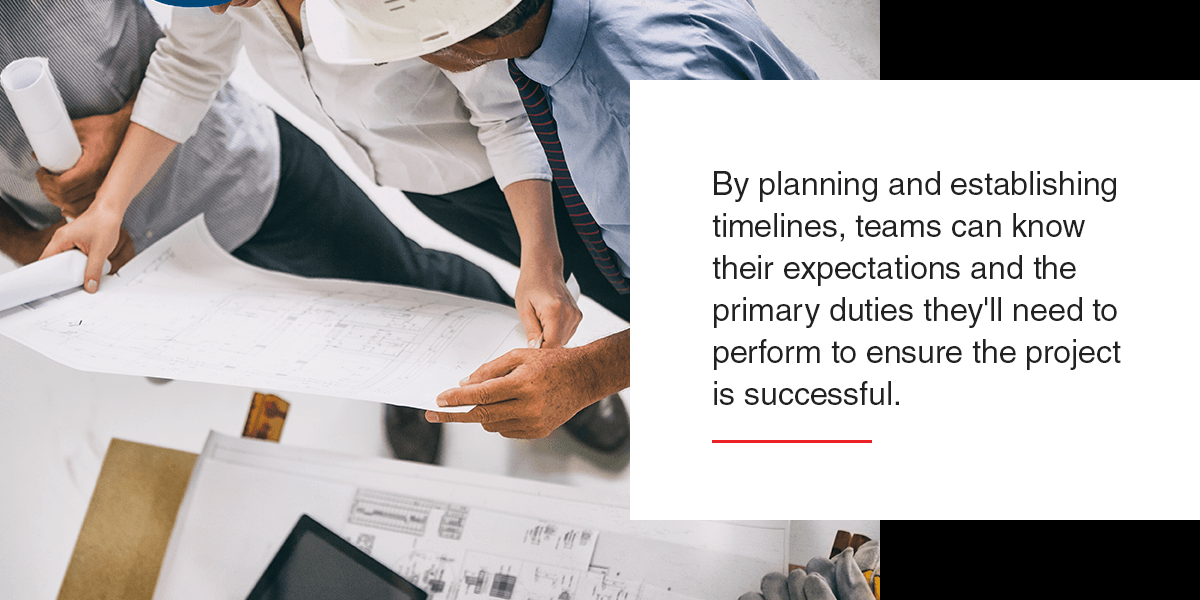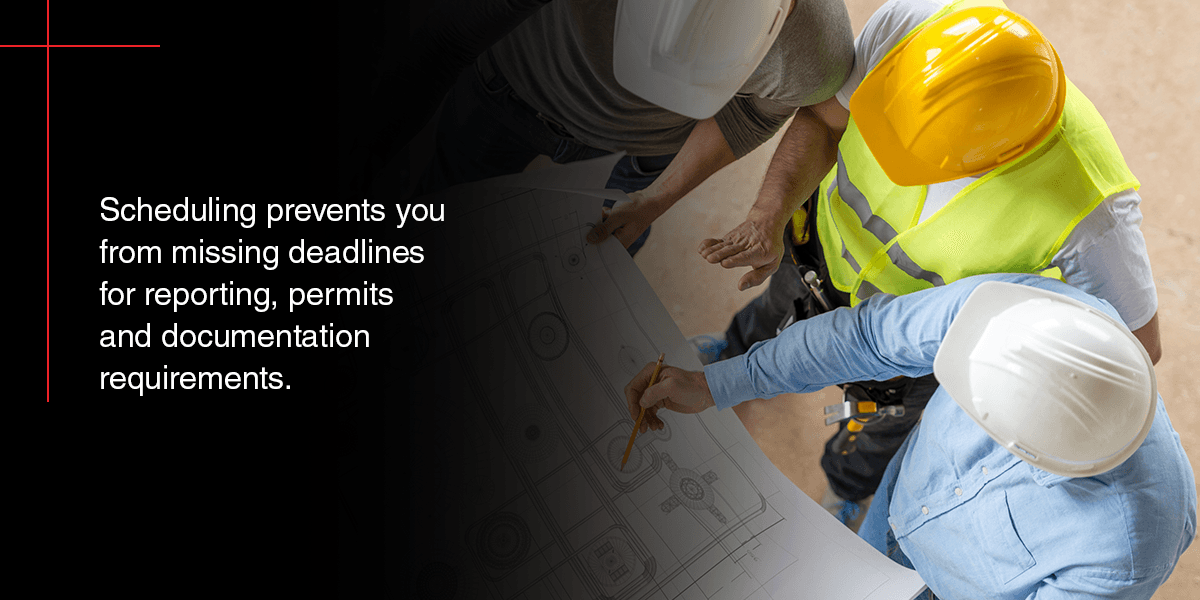The Importance of Preconstruction

09/17/2021
Preconstruction is an essential step for a successful construction project. With a preconstruction plan, a construction company can better prepare for their work, handling various processes with greater efficiency and delivering better results to clients. Any construction company should be well aware of preconstruction’s importance to their overall success and the various outcomes expected from this phase.
Find out more about the meaning of preconstruction and why it’s so crucial. As you look to make your preconstruction stage activities more effective, you can also review its necessary outputs.
Preconstruction Information
What is preconstruction? This phrase refers to the services performed before beginning a building project. Some essential preconstruction services and activities include developing a budget, timeline, strategic plan and finalized project design. You’ll also find companies acquiring permits, resources and labor during the preconstruction stage.
Why Is Preconstruction Important?
Preconstruction is vital because it allows construction companies to prepare before they begin work. By planning and establishing timelines, teams can know their expectations and the primary duties they’ll need to perform to ensure the project is successful. Preconstruction also ensures all relevant parties — such as engineers, contractors, architects and owners — are on the same page, reducing the chances of delays and miscommunication during construction.
What Are the Outputs of the Preconstruction Phase?
Since preconstruction is so critical, you likely want to know how you can make this phase successful. As you work to maximize it, review some of the primary preconstruction stage activities and outputs below.
1. Scope
When you start the preconstruction phase, it’s crucial to define your project’s scope. It’s a best practice to begin by documenting your vision for the final project. You can also review technical specifications, plans and any identifiable challenges. This information will allow you to plan for obstacles, set goals and anticipate various cost impacts.
After defining your scope, you can help your building and design teams gain a thorough understanding of the project ahead. Besides assisting your group, outlining your project scope can also boost client satisfaction. With your documentation, you can help the client understand the risks, design specifications, site plans, timelines and equipment options.
2. Budget
Based on your defined scope, you can begin to determine your project’s budget. Often, you’ll need to work with your construction and design teams to define the project’s costs. Performing a cost analysis can also help, as this step will tell you what you can afford with your proposed budget. Once you have a preliminary budget based on the cost analysis, you can also work with your team to develop cost alternatives to give your client various options.
While this phase will give you a sense of how much the project will cost, you can expect this budget to change throughout your project’s preconstruction and construction phases. Since you can’t always plan for everything, it’s critical to update your budget throughout the preconstruction phase and communicate those changes to your client and other relevant parties.
3. Details
Once you have a budget and scope, you can begin to figure out the primary details of the project. In this step, you can decide on design details, such as those relating to the project’s layout, building materials and systems, quality, style and size. By establishing the details, you can better plan for how you’ll complete the project.
4. Schedule
An excellent way to prepare for the construction phase is to estimate a schedule and hammer out some details. In this step, you can set deadlines for your project’s major milestones. These target dates can ensure your team knows what to focus on from the first day they start the construction phase. Setting deadlines also helps control costs, as you can avoid delays by placing orders for materials in time for various deadlines. Additionally, the schedule prevents you from missing deadlines for reporting, permits and documentation requirements.
5. Team
With your schedule, details, scope and budget established, you’ll enter a stage of preconstruction where you’ll need to determine your project’s team. Since you’ll likely be ready to prepare your bid packages, you can find subcontractors with the capacity, capabilities and availability to handle your project’s requirements.
By taking the time to meet with and provide information to subcontractors, you can usually streamline the bidding process. The subcontractors can bid on the project more accurately, as they’ll have a more comprehensive understanding of the project, expectations of the general contractor, design-build contractor and construction manager and the time they’ll need to schedule for the project.
6. Materials
Another essential element of preconstruction development is to determine your project’s materials. Since some supplies have long lead times, it’s crucial to identify what materials and equipment you need before beginning your job. While you select your components, discover which ones require early ordering and determine how you plan to obtain them in time. During this stage, you can incorporate a procurement schedule into your construction schedule to ensure better efficiency once construction kicks off.
7. Permits and Inspections
Preparing for a construction project also involves ensuring you receive the appropriate permits and schedule inspections. Be sure to evaluate the construction project’s requirements. Before the project begins, you’ll need to acquire all the necessary permits and have relevant inspections performed to ensure you don’t get shut down or run into other legal issues.
8. Communication
The final stage of preconstruction is to establish clear communication channels and a communication plan. By setting expectations and proper communication methods early, it’s more likely everyone stays on the same page and has their needs met by other parties. Communication standards also help your team effectively handle obstacles.





)